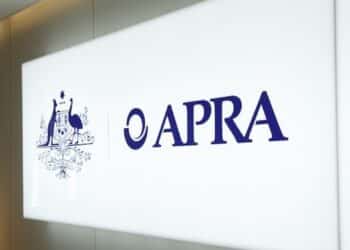The Grattan Institute has said that Australia’s recovery should be aided by ongoing fiscal reforms, including permanent increases to JobSeeker, rent assistance, and childcare that would cost at least $21 billion over the next two years. Efforts to get employment below 5 per cent by mid-2022 will also require a further $20-$40 billion in spending on services, infrastructure, and the construction of social housing.
“The fiscal response to manage the fallout from coronavirus has been huge,” the Grattan Institute said. “But rushing too quickly to consolidate the budget position would be an economic ‘own goal’ – hampering job creation, growth, and ultimately the bottom line.”
That fiscal expansion would be financed by massive borrowing. Australia entered the crisis with low debt levels by international standards – 23 per cent of GDP, compared to 75 per cent in the UK and 85 per cent in the US – and it has “never been cheaper to borrow” due to the fact the government can borrow at interest rates close to zero, and lock in those interest rates by issuing longer dated bonds.
“Even if gross debt reaches over $800 billion by 2021-22 – as the Parliamentary Budget Office suggests it could – interest payments associated with the additional ~$300 billion would be only about $3 billion a year,” Grattan said. “This means the [government] has the space to do ‘whatever it takes’ to boost employment.”
Any further stimulus would need to be rolled out in the next 12 to 18 months to have a strong impact, and announced in or before the federal budget is handed down on 6 October to improve and support confidence. Further discretionary stimulus could also be designed to be increased or scaled back depending on the unemployment rate.
“Failing to provide this support will condemn many Australians to unemployment for longer,” Grattan said. “During the Great Depression, and in many advanced economies in the past decade, premature moves to austerity held back recoveries and, in some cases, created new recessions.”







